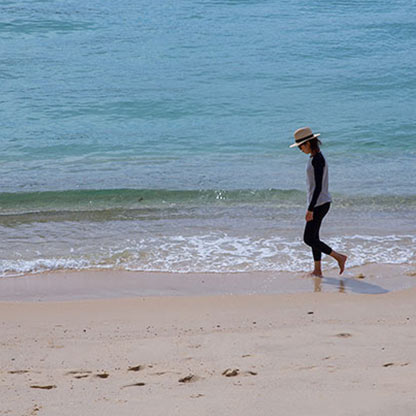Capital growth
If a property increases in value from the day you buy it until the day you sell it, that is called capital growth. There is always a chance that your property might decrease in value.
In order to maximise your capital growth over the medium to long term, ideally you should consider buying a suitable property in an area at the bottom of a demand cycle and hold onto it long enough for demand to increase and for it to appreciate in value. Most property markets typically experience ‘cycles’ whereby demand and supply ebbs and flows, leading to increasing, decreasing or flat average capital growth over time.
Rental yield
Yield is the 'return' you receive on a property investment – most commonly in the form of rent you charge.
Gross rental yield is calculated by totalling the income, or rent, you may receive from a property in a year and dividing it by the sale price, or value, of the property.
While gross rental yield can be a useful general indicator, net rental yield tends to be a more accurate estimate of your likely return. This is when you factor in the other costs associated with your investment, including interest payable and other mortgage costs, taxes, rates and strata fees.
Keep in mind, rental yields can fluctuate due to supply and demand and are not guaranteed by past performance.
Cash flow
Cash flow relates to the amount of money moving in and out of your investment.
Some property investors seek out a positive cash flow strategy, which means the income generated from the property exceeds interest repayments and other outgoing costs. This is also often referred to as ‘positive gearing’.
By contrast, negative gearing is when your rental returns are less than your outgoings. In this case, you may be able to claim these losses at tax time in the form of reduced taxable income.
Now that you have a rough idea of exactly what you want to get out of property investment, it’s time to think about the type of property you want to buy and tenant you’d like to rent it out to.
What type of property?
Depending on your budget and investment goals, you may be looking to buy a house, apartment or holiday rental. The type of property you buy will help determine the level of rent you receive and may involve different upfront and ongoing costs.
Where should you buy?
This is one of the most important questions to answer when choosing an investment property. You should be confident that the property will increase in value over time and provide you with healthy rental returns. However, you also need to be prepared for the potential that the property could decrease in value and may not provide rental returns.
Proximity to public transport, healthcare, food and retail facilities, childcare, education and other amenities can make a big difference to how much rent you end up charging.
What will your tenant want?
Be mindful of choosing a property with features that will appeal to the type of tenant that you want to attract. Remember – the features that are important to you may not necessarily be all that important to your tenant.
That said, certain features such as an internal laundry, balcony, second bathroom, air conditioning, car parking or extra storage often tend to be in demand, especially for investment apartments.
You can always make changes yourself (subject to council approval) to a property before or even while you’re renting it out that may boost your rental income potential. Sometimes, small renovations like updating the bathroom fixtures or even just a fresh coat of paint can make a difference.
Do your research
Once you’ve decided where you’d like to buy, look at the sale and rental prices of comparable properties in the area to get a good idea of what your rental yield is likely to be. You can get this information in a customised CommBank Property Report, by visiting a CommBank Lending Specialist in branch.




